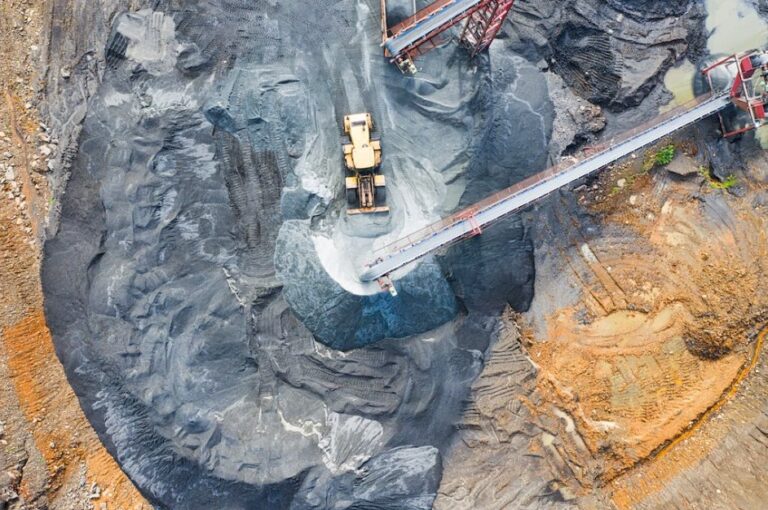One of the world’s largest lithium deposits may have been found on the Nevada-Oregon border. This is not just a surprising geological and scientific discovery. If properly exploited, this resource could give a major boost to the race to produce electric batteries and clean energy for the United States. Which could then finally overtake China in this field.
Indeed, the new Cold War is being played out between space and scientific advancement, and for the obvious repercussions that progress will have on the world economy and control of markets.
Lithium, rare earths, cobalt and silicon, among all, are the elements that most affect the geopolitical arrangements of the contemporary era. Precisely because they are indispensable to the construction of next-generation batteries and semiconductors.
Table of Contents
Lithium mine discovery in the U.S.
The Lithium Americas Corporation, GNS Science and Oregon State University disclosed the discovery of the new U.S. deposit in a study published Aug. 31. The deposit is located in the McDermitt caldera, is more than 45 km long and nearly 35.5 km wide.
It could contain between 20 and 40 million tons of raw material. Numbers that make the reserves of Chile and Australia, the world’s top lithium mining and producing countries, pale in comparison.
If the transformation game is in fact played against Beijing, it is against Santiago and Canberra that Washington must contend for the import of the precious element.
Read also: Energy transition, why big oil companies are targeting lithium mining
Will the U.S. become the leading producing country?
The deposits of white gold, as it is called by economists, do not exceed a total of about 10 million tons in Chile. While those of Australia are just over 6 million.
Should the numbers speculated after the discovery between Oregon and Nevada be confirmed, the United States could become the leading lithium mining country.
This would change delicate global balances and market dynamics. Prices could undergo a revision (downward?), benefiting the U.S.’s strategic energy security partners. Although admittedly, it will take many years before the resource is really exploited and the colossal supply chain is fully operational.
What is lithium and why is it used in batteries
Lithium is a chemical element of the light alkali metals. It is actually one of the least heavy and least dense materials. Which is why it is usable in a variety of fields.
The most well-known use, as mentioned above, is in the production of batteries for electronic devices. Such as cell phones and smartphones, laptops, tablets, cameras, and camcorders.
Similar technologies are also in hybrid cars and electric cars. Lithium-ion batteries are the most common technology for energy storage in vehicles because they have high energy density. Thus meaning they can store high amounts of electricity in a small space, are particularly light and sustain numerous charge and discharge cycles, reaching 100 percent in a short time.
Compared with other technologies using other materials and alloys, lithium is also more sustainable. Indeed, it can be recycled relatively easily.
However, its extraction and processing are not exactly green, given the high energy consumption in the various steps. The steady increase in demand, and production with the new U.S. deposit, may therefore not exactly be good news for the environment.
Read also: All the plans of Australia and Korea to challenge China on metals












